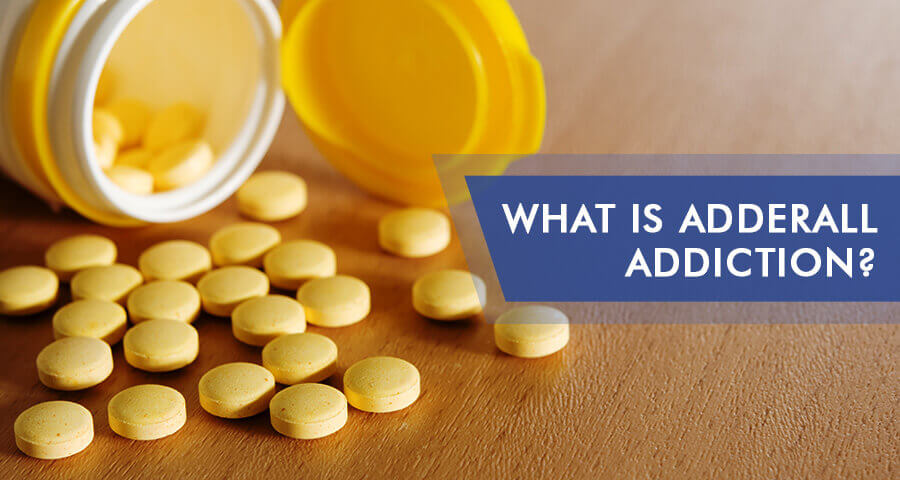
Based upon drug and drug precursor seizures, illicit amphetamine production and trafficking is much less prevalent than that of methamphetamine. Due to the large underground market for these drugs, they are frequently illegally synthesized by clandestine chemists, trafficked, and sold on the black market. ĭespite strict government controls, both amphetamine and methamphetamine have still been used legally or illicitly by individuals from a variety of backgrounds for different purposes. For example, in 1970 in the United States, the two drugs methamphetamine and amphetamine became schedule II controlled substances under the Controlled Substances Act.


Įventually, as the addictive properties of the drugs became known, governments began to place strict controls on the sale of the drugs. During World War II, amphetamine and methamphetamine were used extensively by both the Allied and Axis forces for their stimulant and performance-enhancing effects. Neither drug had a pharmacological use until 1934, when Smith, Kline, and French began selling amphetamine as an inhaler under the trade name Benzedrine as a decongestant. Shortly after, methamphetamine was synthesized from ephedrine in 1893 by Japanese chemist Nagai Nagayoshi. It is highly advised to use harm reduction practices if using this substance.Īmphetamine was first synthesized in 1887 in Germany by Romanian chemist Lazăr Edeleanu who named it phenylisopropylamine. It also displays cardiotoxicity, including increased blood pressure and elevated risk of stroke and heart attack. In humans the effects are also neurotoxic. In nonhuman mammals, degeneration of monaminergic terminals and neuronal apoptosis (cell death) has been known to occur. Additionally, unlike amphetamine at therapeutic doses, methamphetamine at moderate to heavy recreational doses is considered to be directly neurotoxic to humans, damaging both dopamine and serotonin neurons within the central nervous system. Methamphetamine has been shown to have extremely high abuse and addiction potential it is widely considered to be one of the most addictive substances due to the intense euphoria it produces. It is associated with compulsive redosing, especially when it is vaporized ("smoked") or injected, due to the overwhelming euphoric rush it produces in the user upon initial administration. Chronic high-dose use can induce states of anxiety & paranoia, delusions, thought disorganization, psychosis, and violent behavior. Subjective effects include motivation enhancement, stamina enhancement, appetite suppression, increased libido, and euphoria. Along with heroin and cocaine, it has a notorious reputation as a dangerous and highly addictive "street drug". Methamphetamine was first synthesized from ephedrine in 1893 by Japanese chemist Nagayoshi Nagai. It produces its effects by increasing levels of the neurotransmitters serotonin, dopamine, and norepinephrine in the brain. It is structurally related to amphetamine, however it crosses the blood-brain barrier more rapidly, due to its relatively high lipid solubility. N-Methylamphetamine (also known as Methamphetamine, Ma, Meth, Glass, Ice, Shard, Crank, Tina, T, Tweak, Yaba, and Crystal ) is a classical stimulant substance of the amphetamine class. It is not a recommendation and should be verified with other sources for accuracy. See responsible use section.Ĥ - 7 hours Up to 12h for irregular users.Ħ - 10 hours Up to 18h for irregular users.Ĥ - 8 hours Up to 18h for irregular users.ĭISCLAIMER: PW's dosage information is gathered from users and resources for educational purposes only. WARNING: Always start with lower doses due to differences between individual body weight, tolerance, metabolism, and personal sensitivity. Methamphetamine, Meth, Speed, Ice, Glass, Shard, Tina, Crank, Desoxyn


 0 kommentar(er)
0 kommentar(er)
